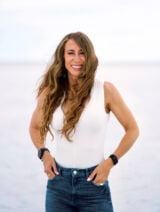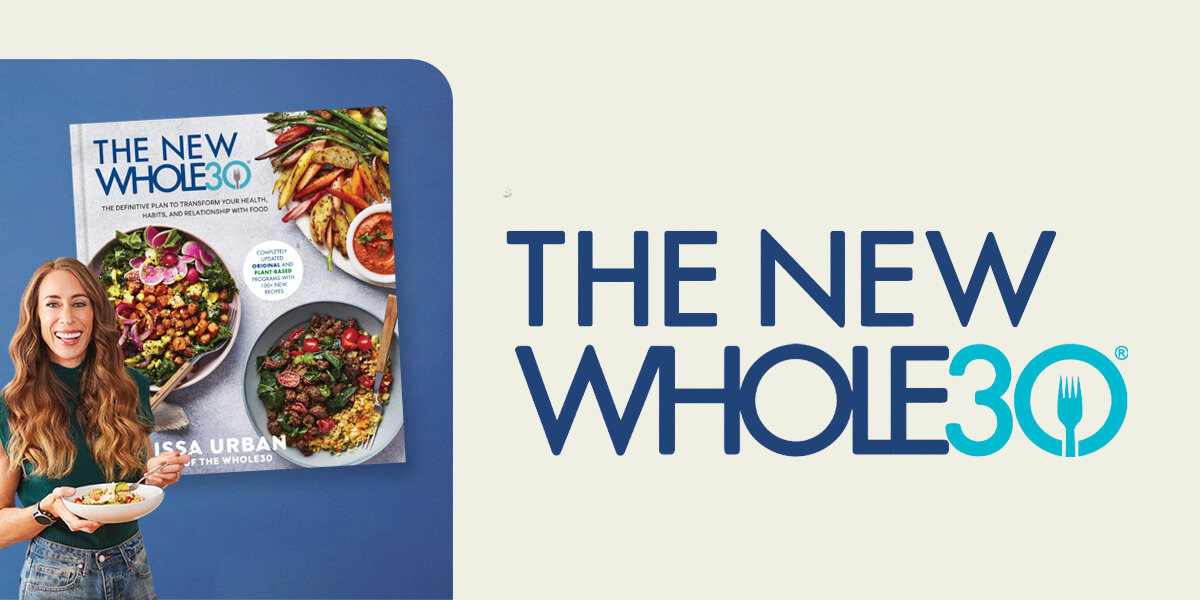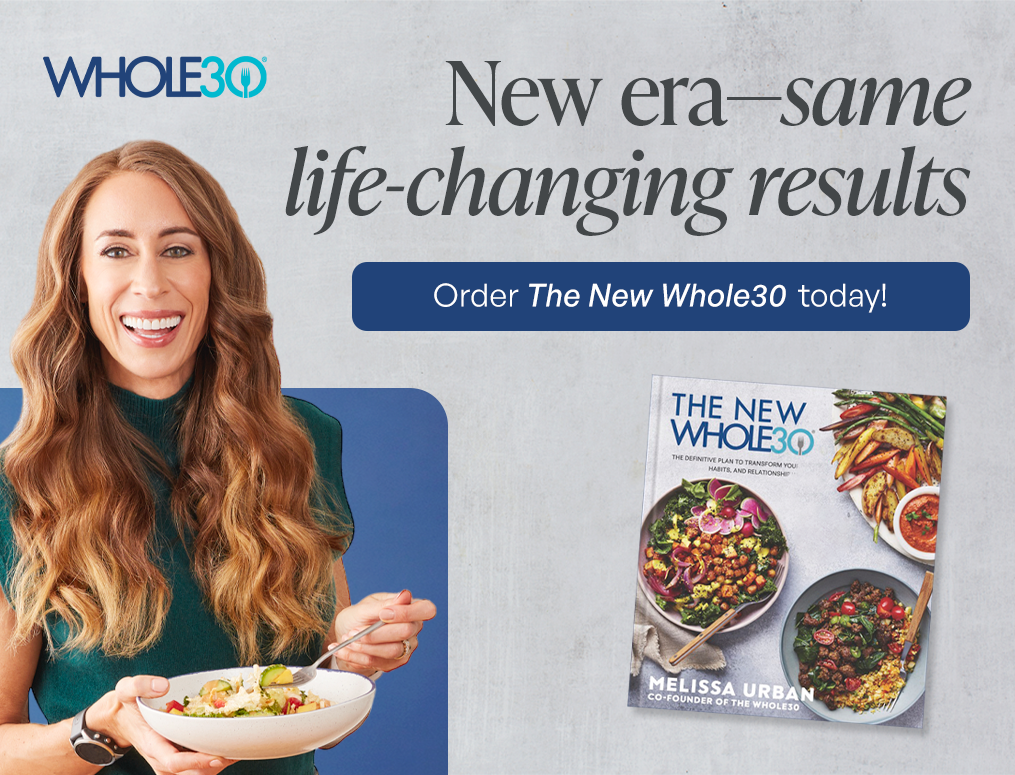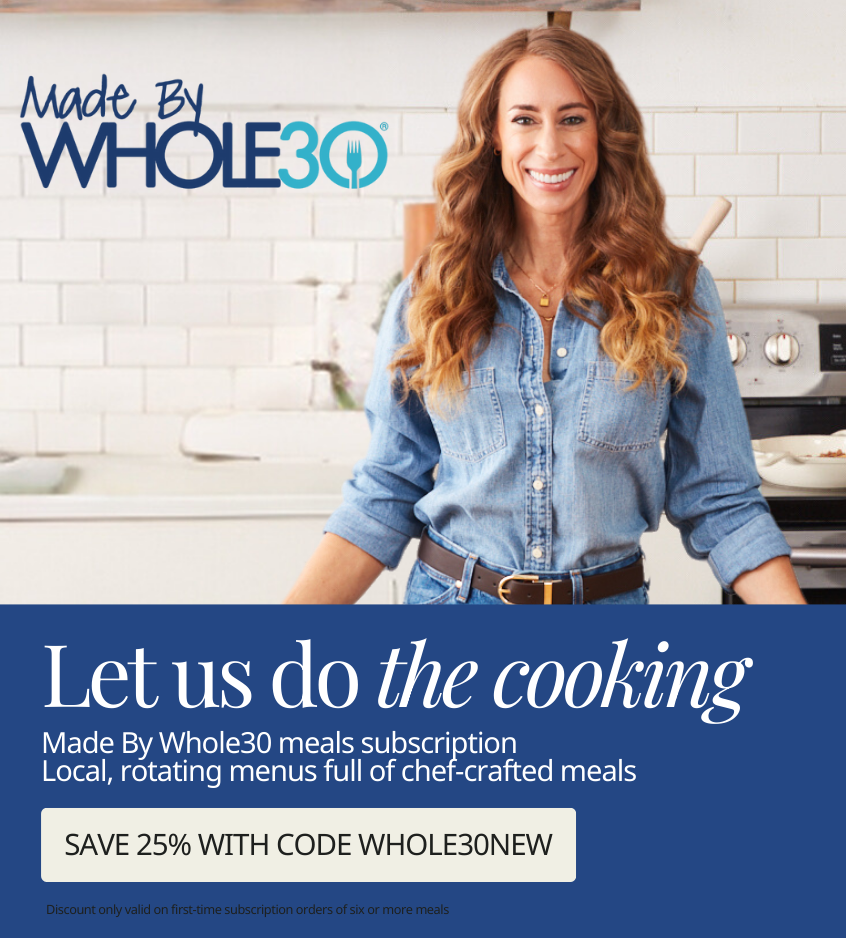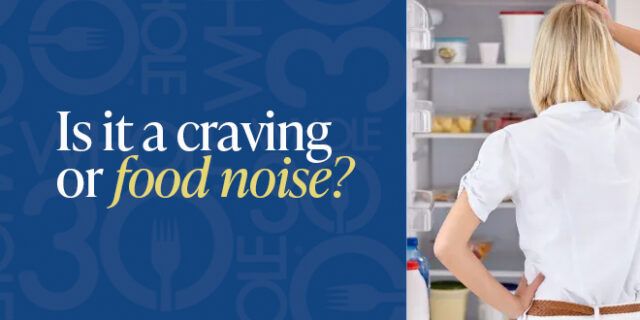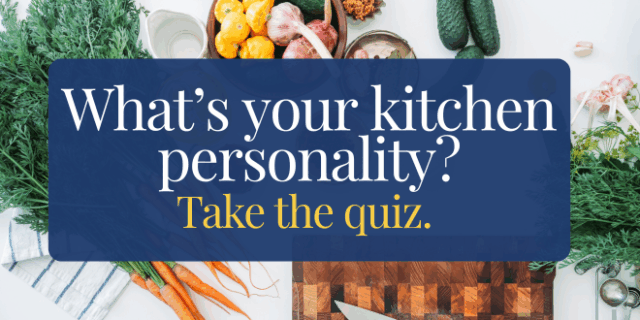In 2014, when I was writing The Whole30, I was quietly separating from my marriage, parenting a one-year-old, and running a business. My self-talk was rough, and had been for a few years. “You’ve been dumb and weak,” I told myself. “You need to be perfect now, because it’s all on your shoulders. You need to buckle down, work harder, and show no weakness.”
I was so deeply unhappy, and during my marriage, had lost all of my self-confidence and spark. The only way I knew to get through it was to tough-love myself—to keep my armor up and allow no cracks. This was how I talked to myself early in my drug addiction recovery, this was how I talked to myself during punishing workouts, this was how I talked to myself when unresolved trauma started creeping back into my thoughts. I was afraid if I opened myself up even a little to grief, sadness, fear, or uncertainty, I would break.
It’s only natural that this mindset crept into my writing too. The way I supported, encouraged, and guided you through the Whole30—something I knew was hard, uncomfortable, and scary—was exactly how I talked to myself. “This is not hard,” I told you. “Commit to the program 100%, no cheats, no slips. Anything less and you are selling yourself short. It’s only 30 days.”
Even though that language may still connect with some of you, I cringe when I read it. (It’s one thing to say something you look back on and regret. It’s another thing when those words are in print and have been read by millions of people.) But I have compassion too, because I know where those words came from. I know I was truly doing the best I could for myself and for you when I wrote them. I just didn’t know any other way.
The evolution of… everything
In late 2015, when my divorce was over and I could finally breathe, I had a revelation. I had made myself so rigid and inflexible that I felt brittle, not strong. My armor had become so thick, it now felt suffocating. I was exhausted from the performance, and no longer knew who I was under all that makeup, heavy bangs, and pretense of perfection. I didn’t want to start my new life feeling like this.
I came up with the Year of Strong and Bendy, a fitness movement which extended into every area of my life. I worked on strength and flexibility, toughness and softness—in the gym, in my work, in my relationships with others, and in my own therapy. I began to show myself grace in every area. I learned to develop empathy for myself. I reflected back on difficult life seasons—my trauma, drug addiction, and marriage—and learned to thank that version of myself for doing her best to see us through.
As I gained empathy and understanding for myself, that flowed through into my writing. The “tough love” language (heavy on the “tough”) morphed into my now-signature directness infused with kindness. As I gave myself permission to show up imperfectly, to rest, to talk about my struggles, to be vulnerable, I extended that grace to everyone else, too. And more than anything, I began listening—to what you needed and hoped for, to what you said felt good and not so good, to what was left unsaid, because in the past, I wasn’t able to hear you.
I began meeting people where they were, and developed more compassionate and nuanced ways to motivate, support, and lead people through the Whole30. I learned more about my privilege and began to actively seek other people’s lived experiences, so I could better serve a broader range of people. I knew some of the language I used around the Whole30 in the past was so sharp, so strict, so careless at times that it turned a lot of people away from the program. I started to change that, little by little.
“This is not hard,” became, “I know this is hard.”
“No cheats, no slips, no excuses,” became, “You are worthy of this commitment.”
“Make good choices,” became, “Trust yourself to make the choices that are right for you.”
A new era, and The New Whole30
Throughout the years, we made a number of changes to the language and voice of Whole30. We began referring to foods as “Whole30 compatible” versus “compliant.” We retired dated phrases like “tiger blood” and “sugar dragon.” We no longer referred to foods as “junk” or used blanket labels like “unhealthy.” We stopped using the word “control” when it comes to food and your diet.
But these were all sprinkled throughout my work over the years—in various articles on the website, in updates written in later books, in newsletters to the community. If people wanted the manual for doing the Whole30, we’d still refer them back to 2015’s The Whole30. To be fair, that book still has so much fantastic information—but it also has enough of the “old Melissa” language and tone to make me uncomfortable.
When I finally sat down to start The New Whole30, I knew this was the opportunity I’d been waiting for. This is where I could demonstrate nearly a decade of our evolution, and launch the program into a whole new era. Instead of making edits to existing sections, I completely reimagined them, and rewrote them start to finish. I found so many opportunities to showcase the modern Whole30—just as life-changing, but far more accessible, supportive, and realistic. This was reflected not just in the words I chose or the guidance I offered, but in the program rules, recommendations, and even the recipes.
What you’ll find in The New Whole30:
- A personal reflection on our famous “this is not hard” language, in which acknowledges our past and moves us into the future
- New Whole30 program rules designed to allow more budget-friendly foods back into your diet in a way that won’t compromise your success or results
- Updated recommendations for snacking, smoothies, on-the-go foods, and more—making the program more approachable than ever
- An all-new, landmark section on the Whole30 and weight loss
- Updated, expert-informed guidance on the Whole30 for special populations
- Honest admissions of where I got it wrong in the past—and what we’re doing today to ensure you feel welcomed and supported
- A culturally appreciative collection of recipes that reflects and highlights our diverse community
If at any point in the past, you read something I wrote about the Whole30 and thought, “Oof—this program is not for me,” I hope you will try again. I believe you will pick up this book, open to any random page, and see that this truly is a new Whole30—one in which we embrace strength and compassion; balance results with pragmatism; care for your physical and mental health; and lead you to the life-changing results that are most important to you.
Even with the inclusion of our new Plant-Based program, the Whole30 is not for everyone, and it never will be. But I know the way I used to talk about the program turned a lot of people off—people who would benefit from our unique approach to resetting your health, habits, and relationship with food.
Today, I invite you into a new era for Whole30—one I’ve built with you, not for you. I’m so proud of how we’ve grown, and I can’t wait for you to read it.
Melissa

